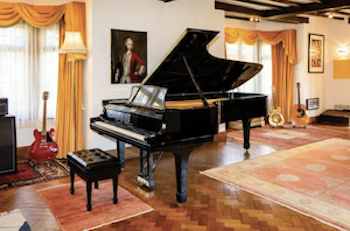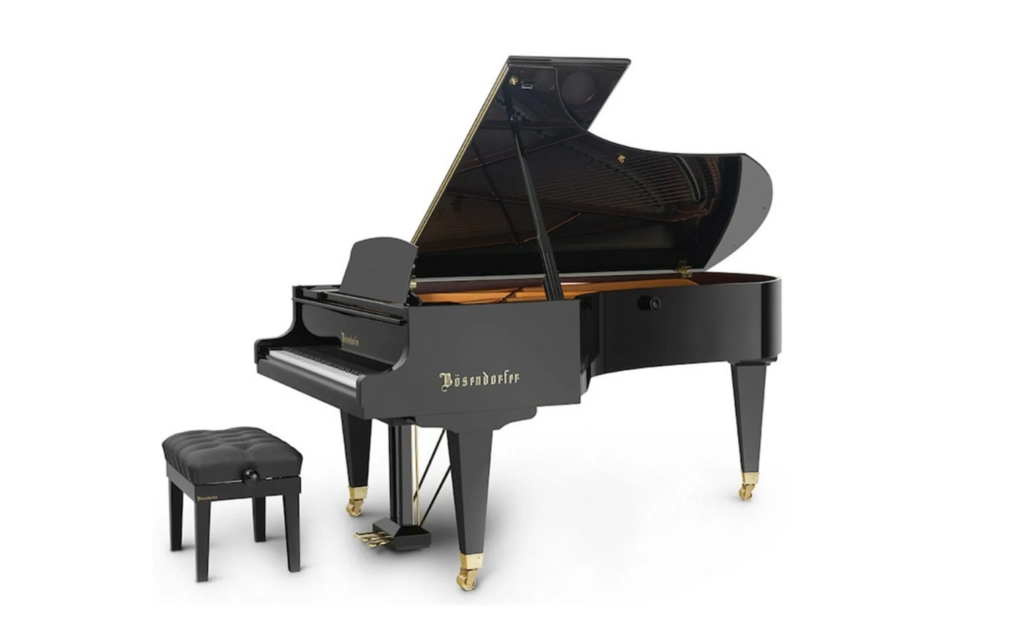
NEW YORK – The lyricist Irving Berlin once wrote a love song to his favorite musical instrument that included the lyrics, “I love a piano, I love a piano, I love to hear somebody play upon a piano …” He said the tune, dubbed I Love a Piano and debuted in the 1920 Broadway review Stop! Look! Listen!, was one of his best efforts. Berlin wasn’t singing about just any old piano, mind you, but a grand piano.
Before 1700 and long before Berlin’s infatuation, the acoustic keyboard instruments of choice were the harpsichord, the hammered dulcimer and the clavichord. Each has a unique sound and was popular with composers, but possessed drawbacks: none was loud enough or changed sounds effectively. The three were great for intimate recitals but their sound couldn’t carry well in a larger concert hall environment.
Bartolomeo Cristofori wanted to change that. Cristofori was a master harpsichord maker as well as the official Keeper of the Instruments for Ferdinando de Medici, the Grand Prince of Tuscany. He created the first cimbalo di cipresso di piano e forte around 1700 – the exact date is unclear – intending it as a more robust keyboard instrument. The word would be shortened to the pianoforte and eventually the piano.
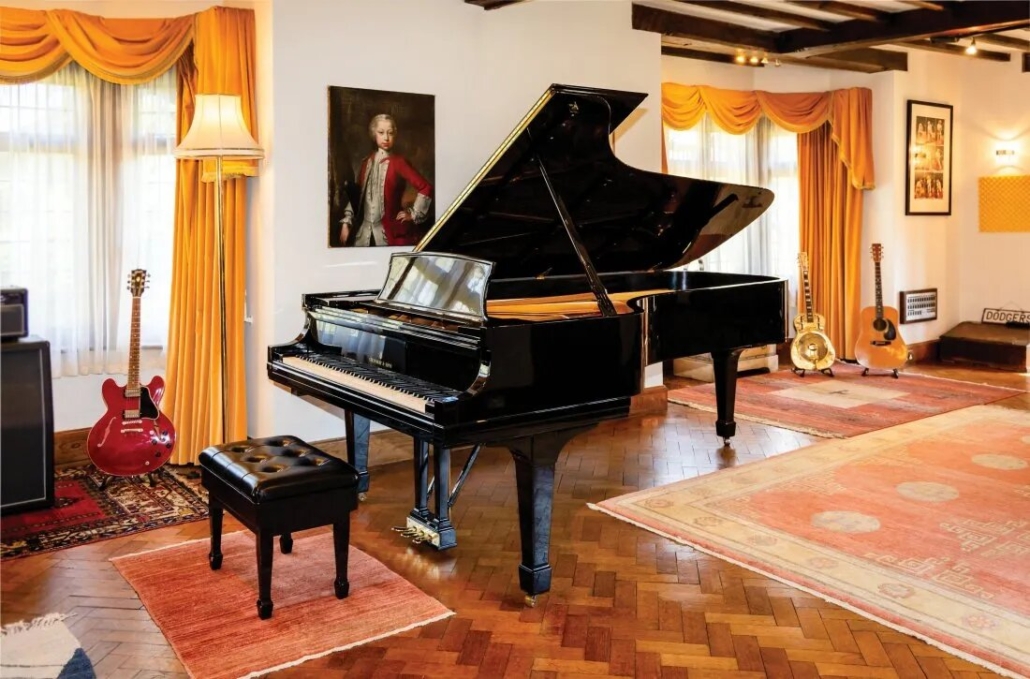
Scholars of music love to debate whether a piano is strictly a stringed instrument, a percussion instrument or a keyboard instrument. Its classification is unclear because the piano has elements of all of them.
As a percussion instrument, the piano ” … produces sound when you hit, shake, or scrape its surfaces … [with] … the goal of providing the beat of a certain piece,” according to Alex Pell of musicalinstrumentpro.com. The interior of the piano houses powerful strings which, Pell recognizes, “… produce sound by vibrating either one or multiple strings,” making it a string instrument.
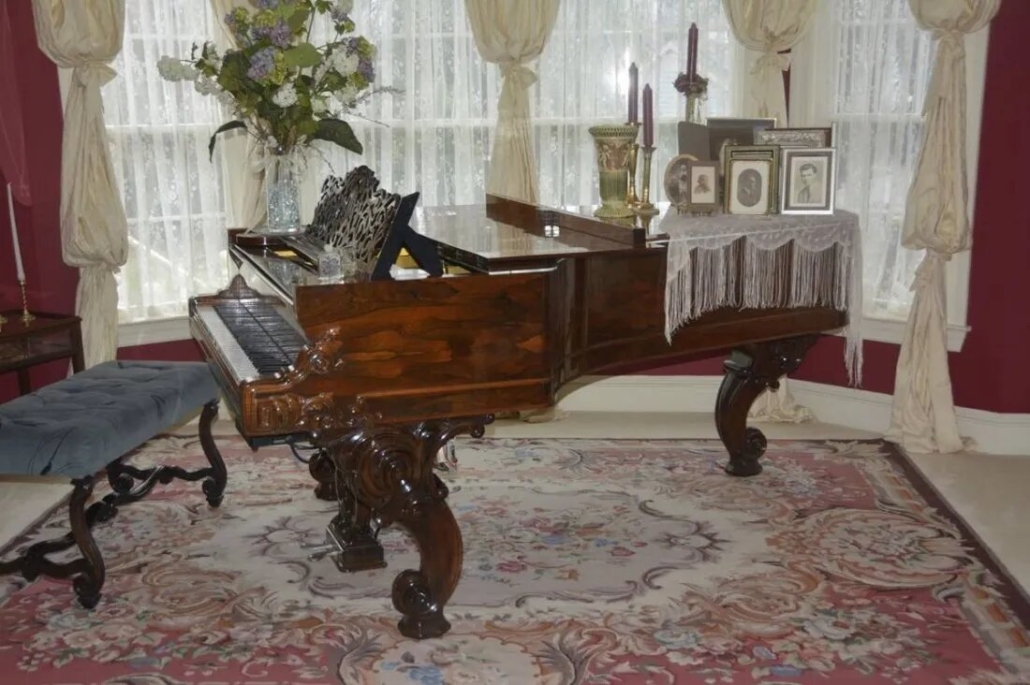
However, the only way for the piano to resonate is when internally-mounted felt-covered hammers strike the strings after a player pushes down on one or more of its 88 black and white keys to produce sound in loud and soft registers. That makes the piano a keyboard instrument.
Also distinguishing the sound of a piano are its three pedals: the soft pedal, or una corda; the sostenuto pedal; and the sustaining pedal, or damper pedal. Cristofori introduced the foot pedals to produce softer sounds and to let a note linger after striking. His innovation set the piano apart from other stringed instruments, and composers such as Beethoven embraced the change.
Such details matter because every element of the instrument needs to work in harmony to produce the sound that makes a grand piano grand. It’s why most experts agree that the grand piano is, in fact, a percussive string instrument.
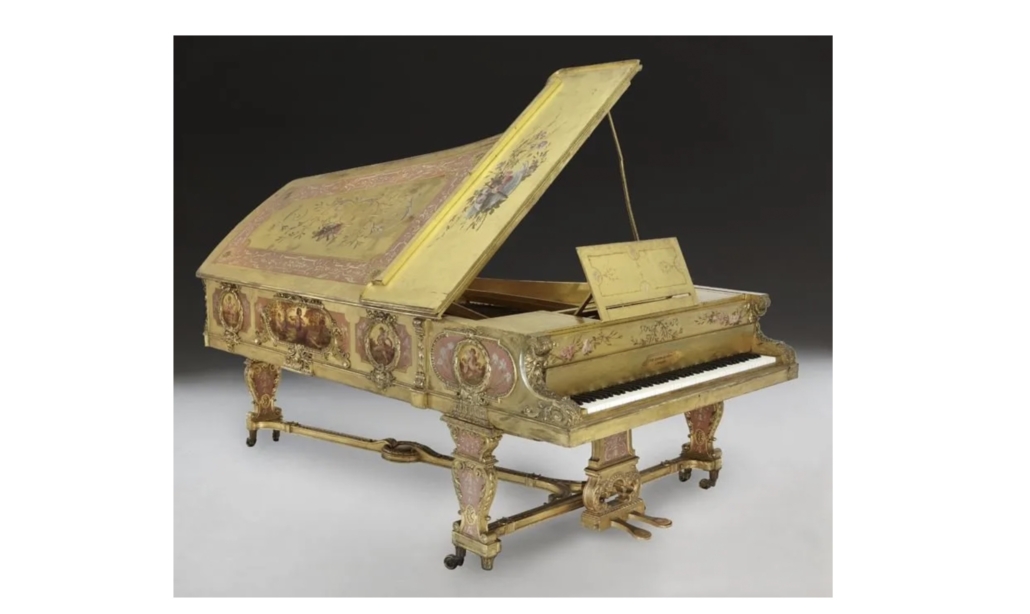
Choosing a grand piano is an art unto itself. “When selecting a concert grand piano, you should base your selection on primarily three things: the touch, the tone and the carrying power of the sound,” said James McCully, former music faculty at The Catholic University in Washington, D.C., and professional vocal coach/accompanist. In addition, playing the grand piano should feel flawless; the resistance should not be too loose or too rigid. The pedals should be responsive, too, with the right tone and dynamic changes, especially the sustain, and they should be evident without undue effort.
A well-made grand piano contains about 10,000 parts, most of which move. A quick visual inspection should start with the piano case itself. Look for split or dry wood, uneven laminate, and missing connections. Also be alert to the quality of the case’s finish, and whether pedals are missing or loose, and if the top board is missing its screws and hinges. The piano’s legs should be solid. The music desk, better known as the keys, should be in good shape, and the tops of the keys should be present and not too cracked. (Pianos that predate 1960 often have keytops made from ivory, while those made after 1960 tend to be fashioned from plastic).
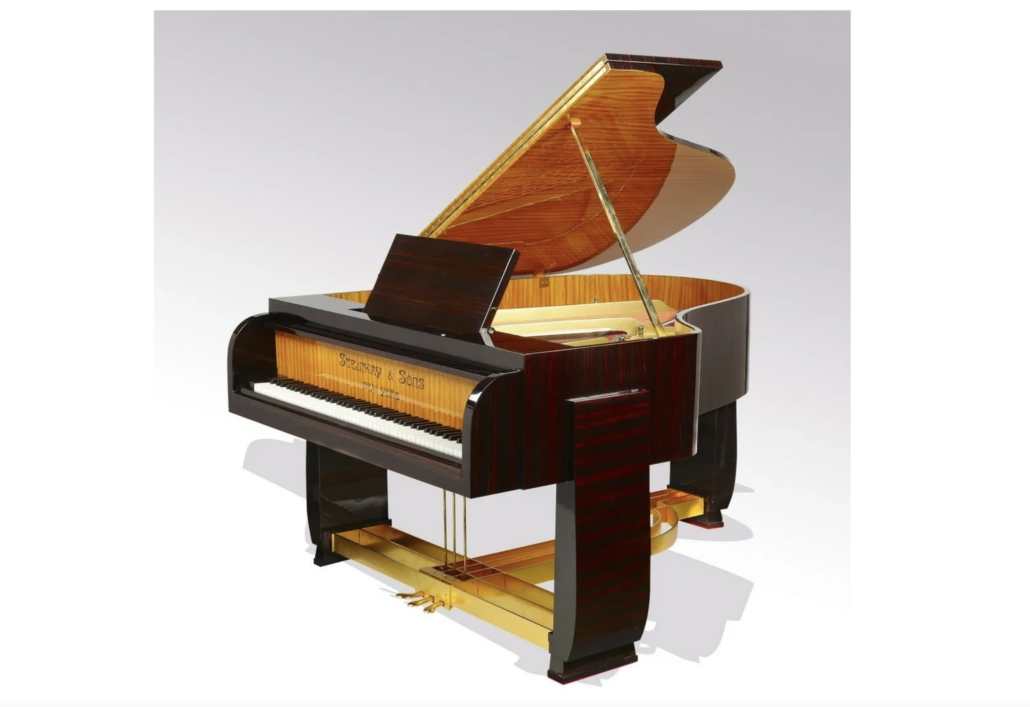
Next, examine the interior of the piano. The cast iron plate that keeps the strings in place is the most significant piece in the instrument. It should be free of significant wear and cracks, and it should not be loose within the cabinet. The strings should be noticeably clean and without abrasions. They should not be overly rusty (a bit of rust is okay), and all of them should be present. Pianos that feature too many nearly-new strings mingled with older ones could be more subject to breakage. The soundboard shouldn’t have too many wooden shims, as others might need replacing. The bass and treble bridges should be firmly glued down and unafflicted by cracks or loose pins. The quality of the felt on the hammers should be consistent, and all the hammerheads should be present and firmly secured. These are just the more accessible areas to inspect.
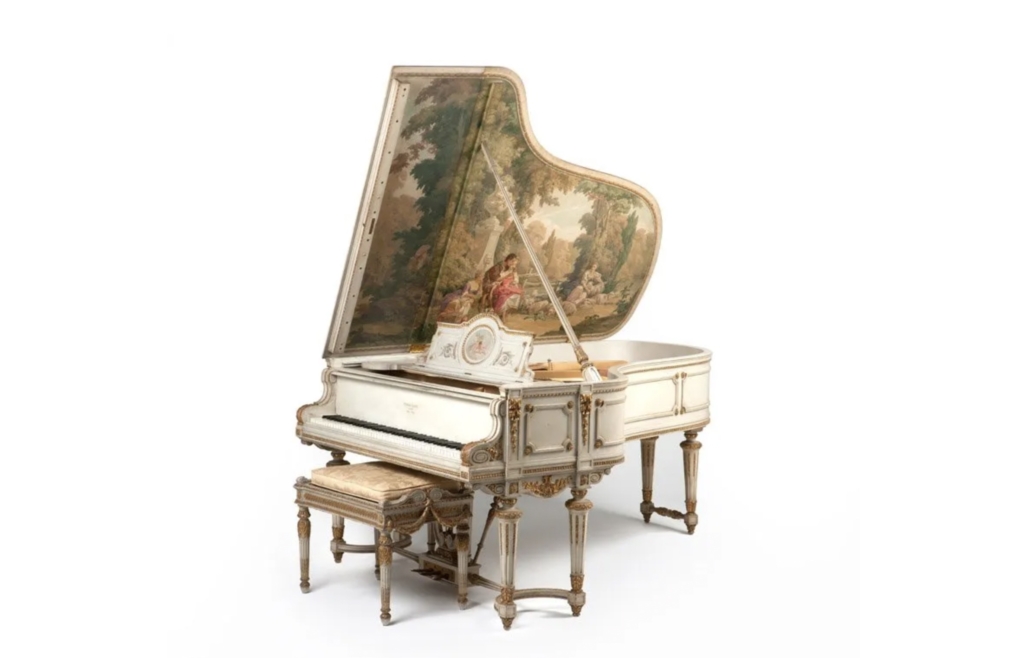
Of course, you will want to play it before purchase. According to McCully, “The touch of a concert grand piano is different from a standard grand piano. Only on concert grand pianos do the strings get longer and longer as you go down the bass producing purity of sound in the fundamental pitch, and strong overtones which color the sound.” Playing a piano several times (and perhaps recording a test performance and listening to it later) will also help you learn how the piano sounds and help you determine whether you need a qualified technician to conduct a more rigorous inspection. All pianos need consistent maintenance, and the older a piano is, the more maintenance it tends to require. Crucial flaws may not be immediately apparent during an auction.

Your budget must account for square footage as well as money. Grand pianos range from five feet to up to nearly nine feet in length and about six feet wide, not including the piano bench and the space around it. Before you commit, be sure the grand piano will fit your living space.
As with many specialty luxury goods, brand names matter. Steinway & Sons has been the undisputed leading maker of grand pianos since 1853, and it is the only company Berlin name-drops in I Love a Piano, in the line “I know a fine way to treat a Steinway.” But the much-loved firm has many notable rivals.
John Broadwood & Sons has produced grand pianos since 1728, not long after the piano’s invention. Beethoven and Frederic Chopin relied on Broadwood grand pianos throughout their careers. Bosendorfer, Mason and Hamlin, Grotrian-Steinweg, Bechstein, and Baldwin are all old-line grand piano manufacturers from the early to the mid-19th century that have earned sterling reputations.
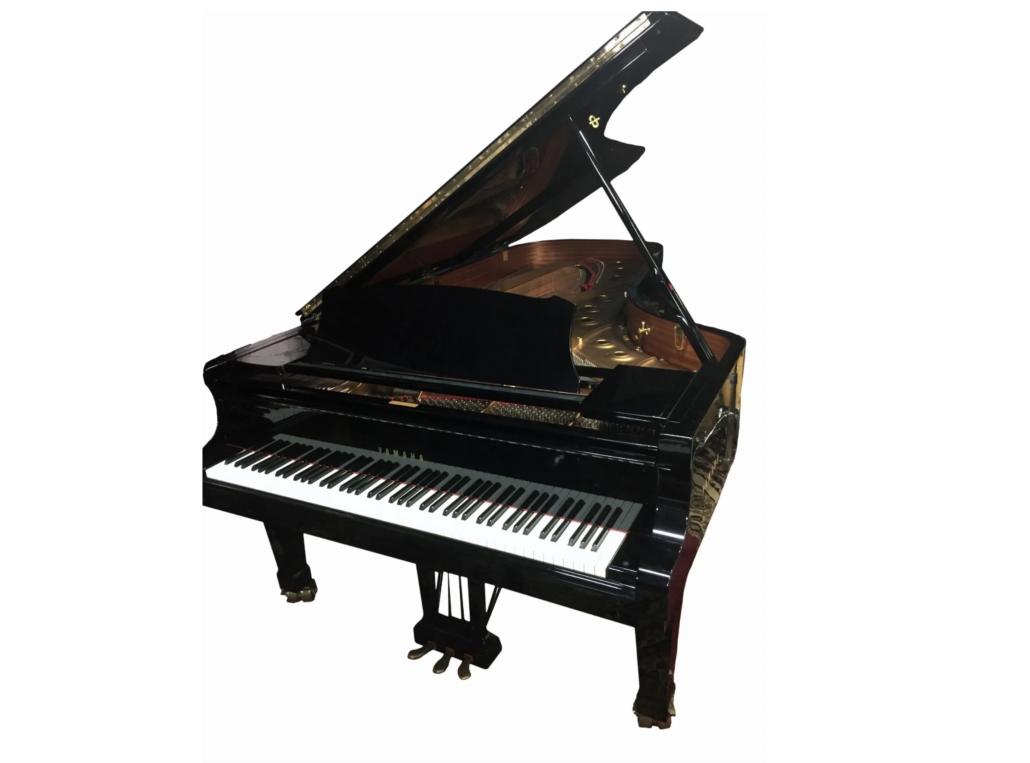
Yamaha is a newer but equally prominent grand piano company that arrived on the scene in 1900. Other well-regarded grand piano companies dating to the mid to late 20th century include Shigeru Kawai, Fazioli, and Wm. Knabe, and their instruments have done well at auction.
In the end, whether you are a maestro or an eager novice, you will find yourself agreeing with Irving Berlin’s sung sentiment, “So you can keep your fiddle and your bow, give me a p-i-a-n-o, oh, oh.”


